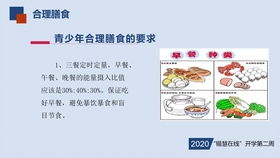As an English teacher, understanding physical education concepts can enhance your teaching skills and contribute to the holistic development of your students. This comprehensive guide will cover essential aspects of physical education tailored to English teachers, providing insights and practical advice.
Physical education complements academic learning by promoting overall wellbeing, physical fitness, and cognitive development. As an English teacher, integrating physical activities into your lessons can enhance student engagement, foster a positive learning environment, and improve retention of language skills.

Incorporating diverse activities like team sports, individual exercises, and recreational games to cater to different interests and abilities.
Incorporate short physical breaks between lessons to energize students and enhance focus.
Integrate vocabulary related to physical activities into language lessons, reinforcing language acquisition.
Use gestures, roleplays, and miming to teach vocabulary and grammar concepts, making learning interactive and memorable.
Take lessons outdoors whenever possible, facilitating language practice in realworld contexts while promoting physical activity.
Coordinate with physical education teachers to design interdisciplinary projects that combine language learning with physical fitness goals.
Combining physical activity with language learning stimulates multiple senses, leading to improved memory retention and comprehension.
Physical activities promote teamwork, communication, and camaraderie among students, fostering a positive classroom environment.
Regular physical activity reduces stress, boosts mood, and enhances overall wellbeing, benefiting both students and teachers.
Research indicates that students who engage in regular physical activity demonstrate better academic performance and cognitive function.
Begin and end physical activities with appropriate warmup and cooldown exercises to prevent injuries and promote flexibility.
Provide clear instructions and demonstrations for each activity, ensuring students understand proper techniques and safety guidelines.
Supervise students closely during physical activities to prevent accidents and ensure adherence to rules.
Use safe and wellmaintained equipment suitable for the age and skill level of students.
Conduct regular checks of facilities and playing areas to identify potential hazards and address them promptly.
Modify activities to accommodate students with diverse abilities, ensuring that all students can participate and succeed.
Integrating physical education into English teaching offers numerous benefits for both educators and students. By understanding fundamental concepts and incorporating physical activities into lessons, English teachers can create dynamic learning environments that promote language acquisition, physical fitness, and overall wellbeing.